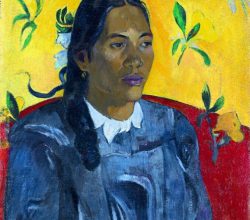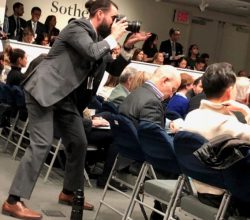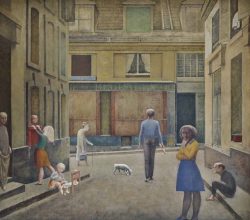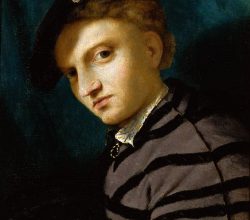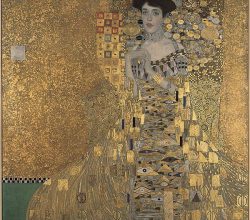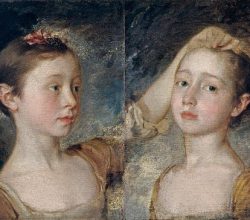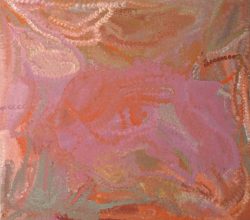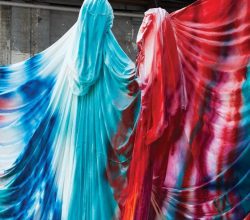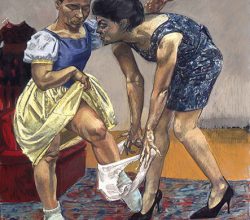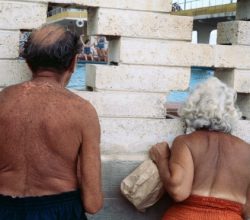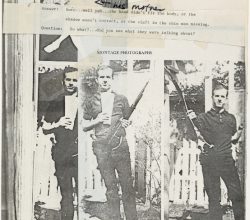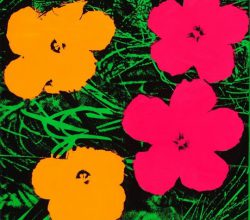
Andy Warhol – From A to B and Back Again, Whitney Museum, New York
Waldemar Januszczuk | The Sunday Times | 18th November 2018
Its easy to lose sight of Warhol, simply because he is so ubiquitous. This widely praised show focuses on the duality of his life – a gay from macho Pittsburgh; an active Catholic in secular New York; sincere artist and cynical businessman. He uniquely understood, says the curator, “America’s defining twin desires for innovation and conformity, public visibility and absolute privacy”.

